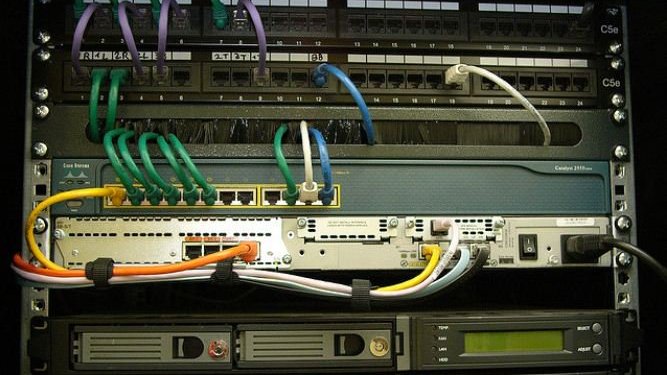What Is Configuration Management?
Last Updated March 13, 2020

Configuration management (CM) is a methodological system of recording information about an organization’s software and hardware systems to facilitate the work of IT support teams and network administrators. On the software side, CM can include information about operating system and application version information, program and system settings, update records and other similar aspects. With hardware, CM includes information about network addresses and configurations, equipment and system overviews, data storage information and physical system security.
In either case, the key point is that CM provides a database of the information that may be relevant to administrators. If a technician is considering maintenance or upgrades, he or she simply needs to consult the collected information to see what has already been installed before deciding on further steps.
Configuration Management Objectives
The primary objective of configuration management is to provide useful information about an organization’s IT infrastructure to system administrators and other personnel. This information is often kept up-to-date using a dedicated CM software solution so that support staff always have access to the most current configuration layouts.
Beyond providing the most current information on software and hardware, CM is often used to show how various programs interact with each other. If a particular program has other software dependencies, for example, this information is collated with CM and included into the overall system profile. Additionally, CM includes information on overall program function, usability and relevance to the processes of an organization.
Benefits of Configuration Management
Configuration management can provide multiple benefits to an organization, most notably, increasing overall speed and accuracy in IT troubleshooting and system upgrades. By providing a clear, up-to-date database on all aspects of a computer system, technicians are freed of the burden of tracking down driver information, installation logs and network connectivity data. In each of these cases, what could potentially be a long, difficult process can be significantly expedited with a centralized information system.
In increasing IT team efficiency, configuration management helps reduce overall support costs. With CM, for example, support staff are informed of any previous or current work that is being done on a particular element of the system. This eliminates the possibility that a technician would inadvertently duplicate a colleague’s maintenance processes.
Configuration management also helps improve overall system security by showing exactly what is installed at any point. If an IT team needs to pinpoint a virus or security breach, for example, the wealth of data provided by CM ensures that IT will be able to work quickly and precisely. CM also allows support staff to have current information on vulnerabilities and security certificates that may need upgrading or revision.
Challenges in Implementation
While the benefits are certainly notable, configuration management implementation is not without its challenges. For example, while the overall goal of CM is to provide detailed system information, there is a possibility of becoming bogged down with too much detail. It is important to learn to provide everything that can be relevant to support personnel and nothing more.
Configuration management also relies heavily on the software solutions that facilitate the collection and organization of data. It is important to ensure sufficient research into software options to avoid spending resources on ineffective options. Similarly, it is preferable to avoid manual data collection, where possible. Manual collection increases the chance that potentially important information may be overlooked or miscalculated, defeating the purpose of CM.
It is important to remember that configuration management is a process that takes time to implement and show benefits. Managers must ensure that support personnel stay motivated with CM even if it doesn’t seem to be providing immediate gains in productivity. The benefits of increased efficiency and reduced possibility for error are not always outwardly apparent, but they are there for an organization that takes the time and energy to commit to thoughtful CM implementation and ongoing use.
